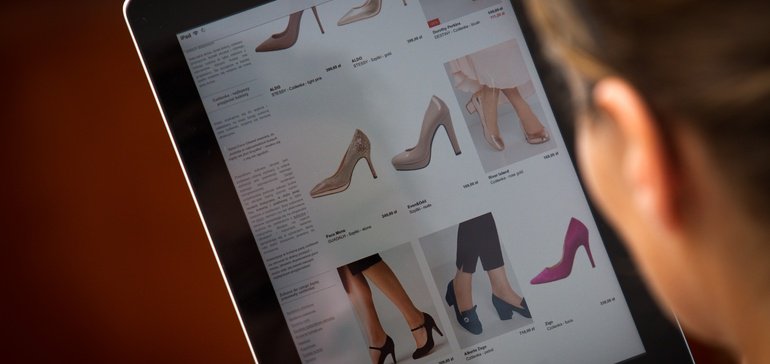Dive Brief:
- Direct-to-consumer brands are capturing more of the American retail market, based on their differentiators of convenience, product quality and fast and free (or low-cost) shipping, according to new research from Diffusion emailed to Retail Dive. A third of U.S. consumers plan to do at least 40% of their shopping from D2C companies in the next five years, and 81% say they’ll make at least one purchase from a D2C brand within the next five years, Diffusion found in its “2018 Direct-to-Consumer Purchase Intent Index.”
- But there are limits, according to Diffusion. Just 9% of Americans say customer service from D2C brands is superior to that of traditional brands, and 7% find their returns process easier. Replenishment doesn’t help much: Just 6% of Americans prefer D2C brands because they automatically send products they use regularly.
- Just 2% to 3% of newer D2C brands have more than $1 billion in online sales, demonstrating that sales still mostly occur through traditional retailers, according to another study from e-commerce solutions firm PipeCandy.
Dive Insight:
Price, quality and convenience are hardly new imperatives in retail, and they are driving growth in e-commerce. The tricky parts for e-commerce pure-plays are that offering convenience requires providing free shipping and returns and that it’s more difficult to connect with customers online.
That latter challenge is helped by social media. “[T]he new middleman is not a shopping mall/retailer but social – Amazon, Facebook, Instagram, etc.,” notes PipeCandy.
But that doesn’t make it cheap. “All D2C companies are competing through the same channels, targeting the same customers — mostly millennials — driving up average [customer acquisition cost]. As some in the industry say, ‘CAC is the new rent.'”
That’s showing up on the ground. The most successful direct-to-consumer companies, including Warby Parker, Casper and Untuckit (among others), have all moved to open hundreds of stores. Returns continue to cause trouble for online players because customers can only check out the merchandise properly once they’ve seen it. More than half (58%) of consumers shop for clothing at long-standing physical stores, 44% shop for footwear/shoes there, more than 1 in 3 shoppers (38%) shop for household items like pots and pans there, and nearly a quarter (23%) shop for beauty products at legacy retailers, according to research from GPShopper, a Synchrony solution.
“Contrary to popular belief, in-store shopping isn’t dead. Novelty technology has no doubt taken retail by storm, enabling shoppers to make purchases directly through Instagram or augmented reality (AR) supported apps,” GPShopper Co-founder and CMO Maya Mikhailov said in a statement emailed to Retail Dive. “However, retailers cannot lose sight of the fact that some old school strategies haven’t died out, meaning they cannot forget the in-store experience in favor of social media shopping.”
Indeed, as long as stores fail to leverage their own key differentiators — on-the-spot, in-person customer service and the ability to see, touch and try the merchandise — consumers will turn to online sales for their needs, warns Bob Phibbs, CEO of retail consultancy The Retail Doctor.
“Stores have taught people that it’s a crap shoot when they walk through those doors,” he said about traditional retailers in an interview with Retail Dive. He added that as long as stores are pleasant places to shop, they’re also poised to foster more meaningful discovery. “Let’s be honest e-commerce is about ‘I know what I want and I want it right away.’ I’m not going on Amazon to discover a new t -shirt. There’s no gratification to buying online. We buy to get it over with. But where most retailers fall on their faces is that they don’t train their staff to do it. They think that they can sell like its 1960.”

